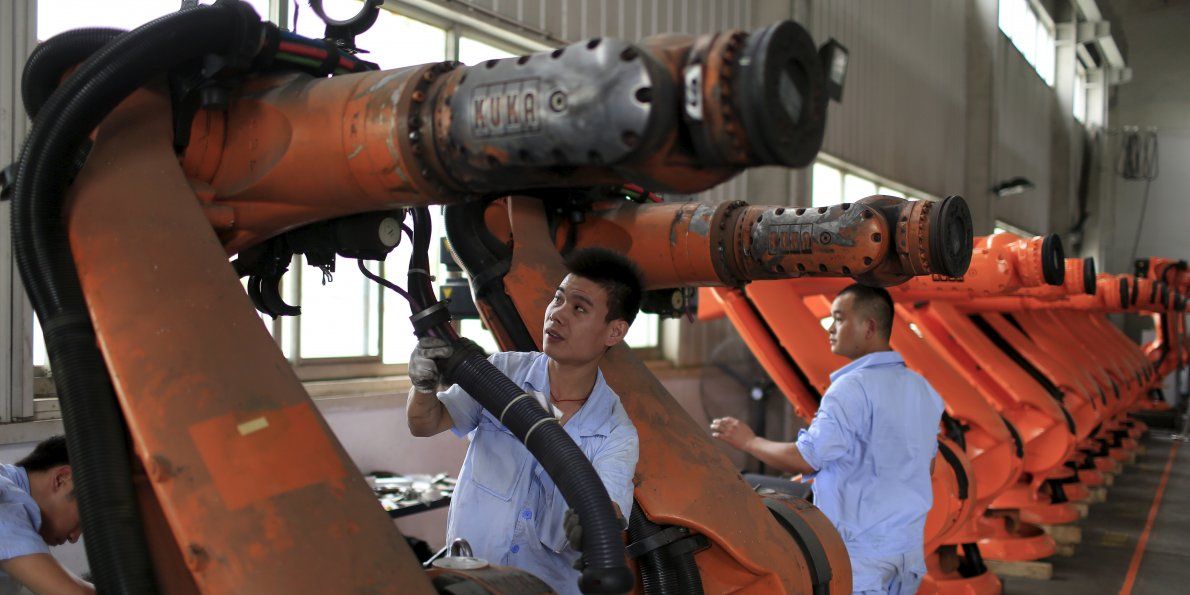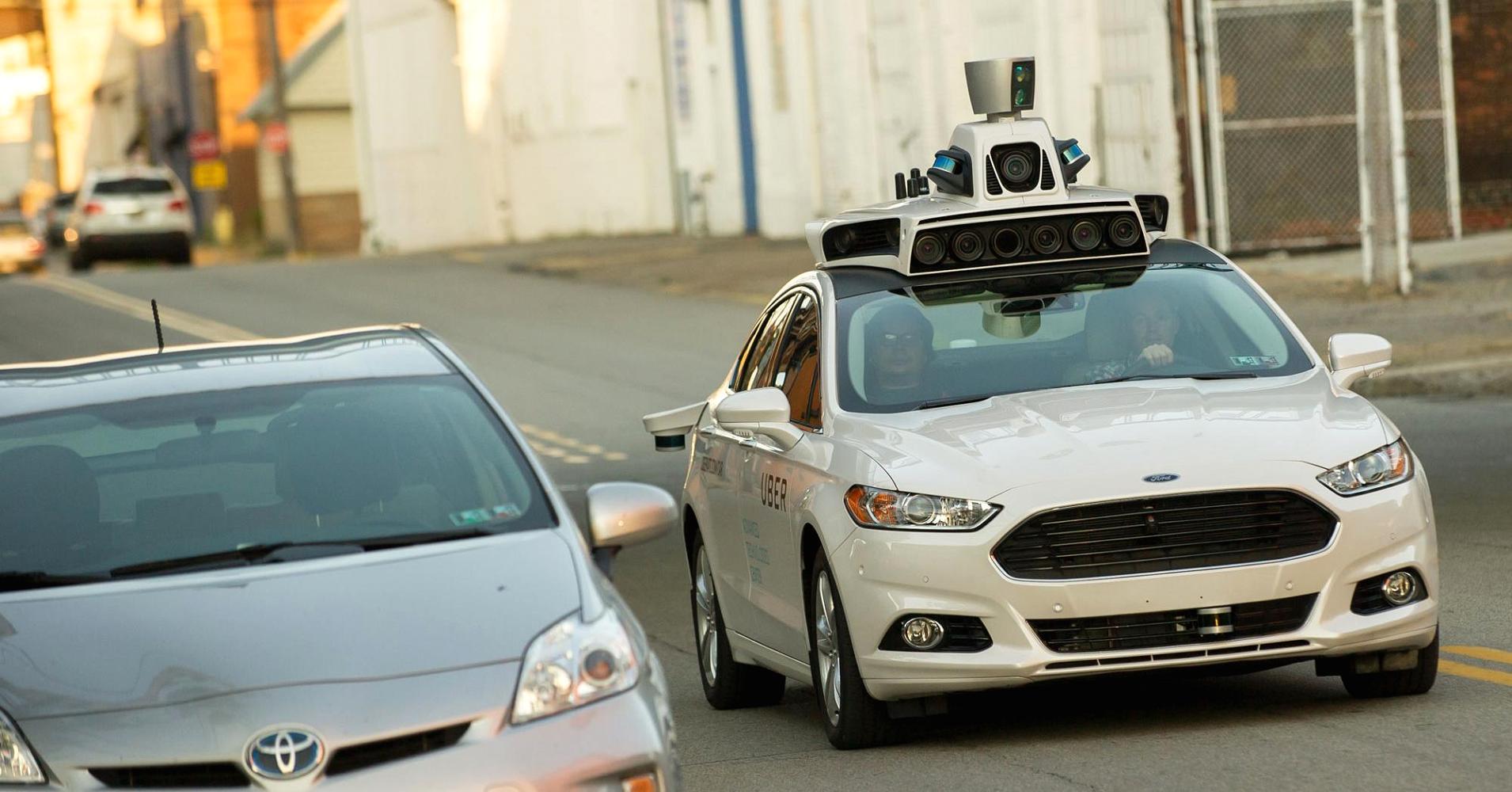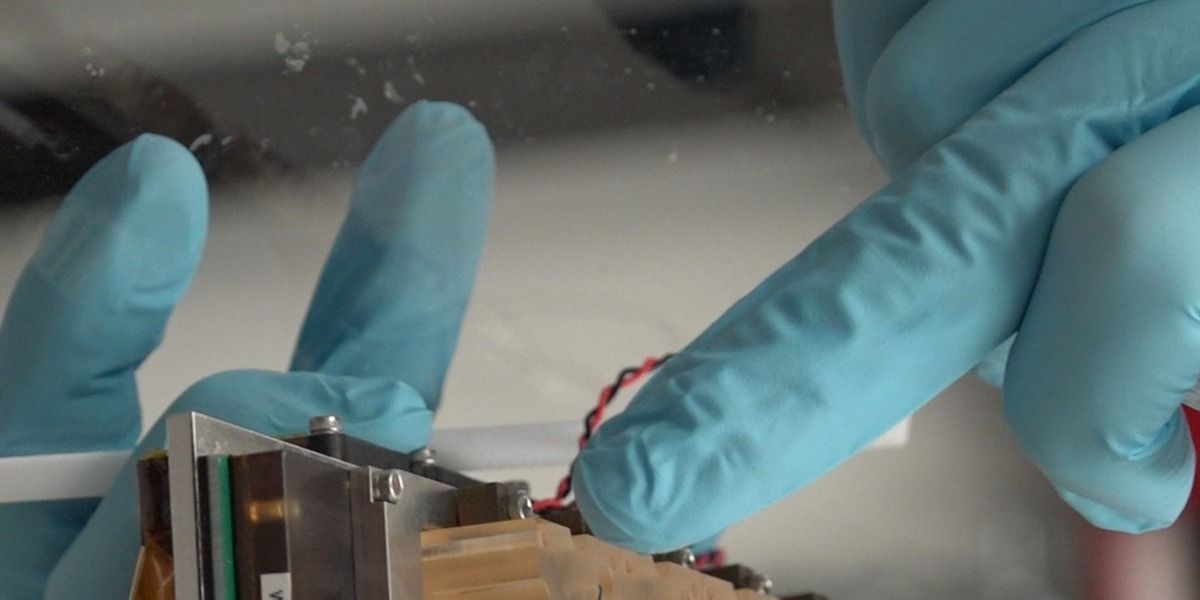This is a fair enough article, though I believe I’m more Libertarian than it paints me. I think a lot of people forget or simply don’t know my book The Transhumanist Wager (how I started my futurist career back in 2009) is known by many as transhumanist libertarian manifesto. Also, ideas from my past political campaign do not always correspond to my current gubernatorial run:
Like many libertarians, I was initially excited when Zoltan Istvan announced his candidacy for Governor of California.
Istvan is the founder of the Transhumanist Party and author of “The Transhumanist Wager,” which is considered a manifesto on transhumanist philosophy. The basic premise of transhumanism is that the next step in human evolution will be to improve our bodies and expand our lifespan with radical technology, eventually leading towards immortality. While he still needs to obtain the nomination, having someone announce their intents this early gave me hope that maybe the party would have a shot at making an impact in the California mid-terms.
As I learned about his transhumanist ideas, I became increasingly hopeful that his views on radical science and medical technology would be able to appeal to the far-left base of California and introduce a wider range of people to libertarianism. However, after doing some research I’m not so sure Istvan is the best candidate to represent the Libertarian party.
On the surface, the former presidential candidate seems to align with the libertarian views of bodily autonomy (transhumanists call it morphological freedom) and the non-aggression principle, he even called himself a left-libertarian on the Rubin Report.









